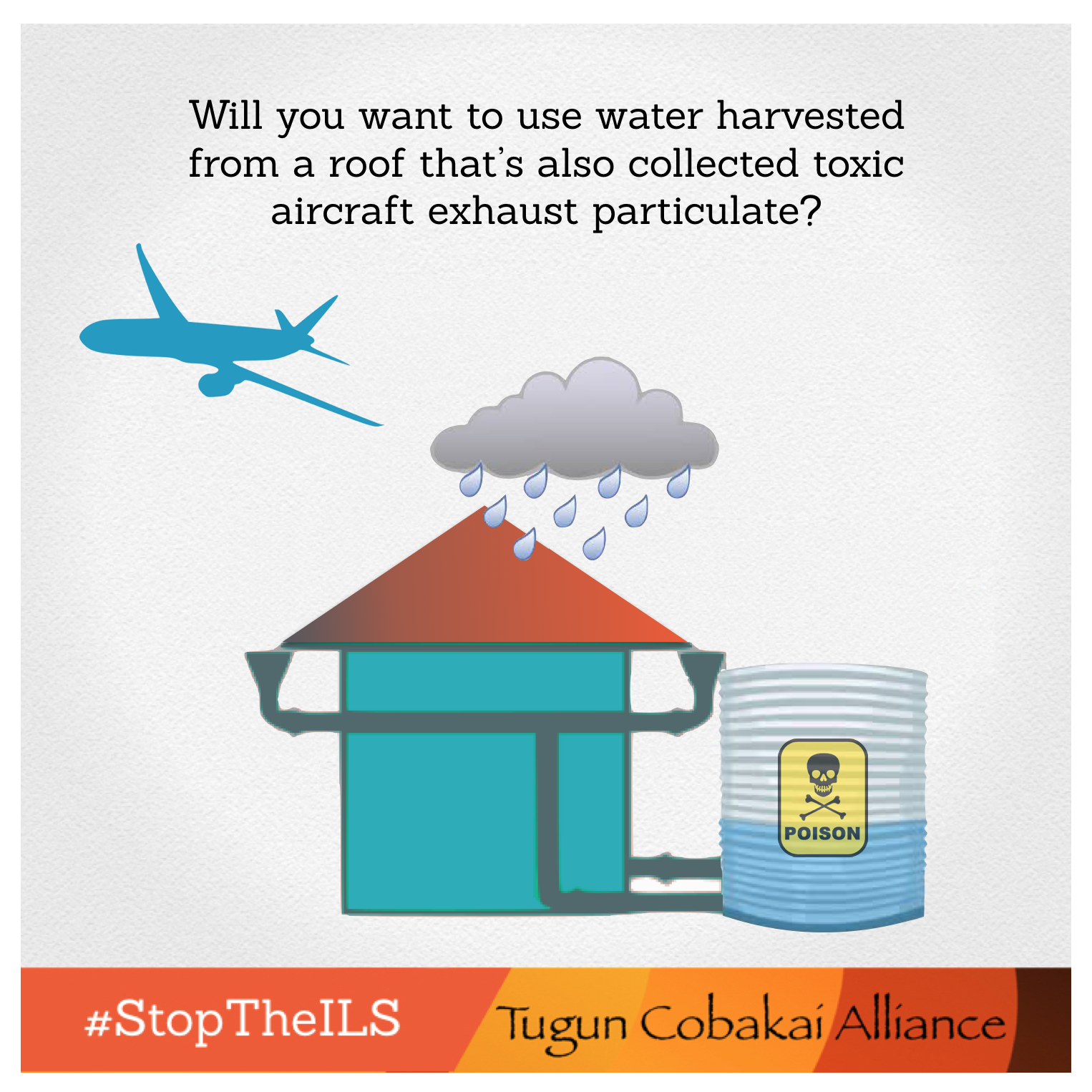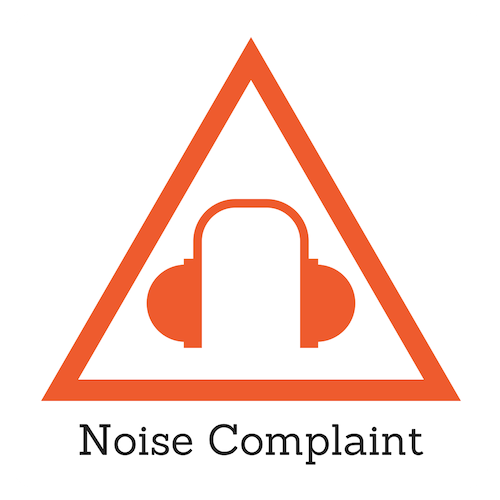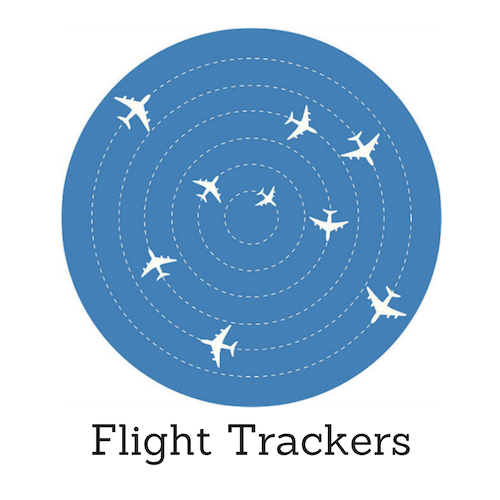Environmental concerns
Our Tweed and Southern Gold Coast neighbours, the Tugun Cobaki Alliance Inc, challenged the impact of the ILS and associated extended runway into sensitive environmental lands in the AAT and fought to have contaminated airport land - never fully released to the community - and its potential to poison groundwater and waterways property investigated before the ILS work proceeded. This challenge was unfortunately unsuccessful in the Administrative Appeals Tribunal appeal.
The Alliance represents ratepayers, environmental, fishing and community groups.
Toxic chemical concerns
The Federal Greens labelled the Minister's approval of the ILS without proper environmental assessment as “criminal” and called for it to be scrutinised before a Senate inquiry into contaminated airport lands. (See media story here)
This follows revelations toxic chemicals were used on the airport’s runway up until 2010, but were not assessed as part of an environmental impact study, and not properly described or disclosed to the community, before the ILS was approved.
The Tugun Cobaki Alliance has also been at the forefront of concerns over the disclosure of toxic chemical contamination from the Airport by Perfluorinated Compounds (PFCs), formerly used in fire fighting foams.
The effect of PFCs in other airports in Australia (such as in the Hunter) has resulted in a ban on recreational and commercial fishing and there has been a flow- on effect for the entire community in the vicinity of those airports with health concerns from groundwater contamination.
Read more about what the group said in the Gold Coast Sun in June 2016 here.
Govt concerns about chemicals
In early June 2016, the NSW EPA requested further PFC investigations be conducted at Gold Coast Airport, after Airservices Australia and Gold Coast Airport sampling found the presence of significant PFCs in both soil and water. The NSW EPA called for Gold Coast Airport to identify potential human exposure pathways such as commercial and recreational use of Cobaki Creek and groundwater use.
The Courier-Mail newspaper reported on 2 August 2016 that “Airservices Australia and the Queensland Environment Department have been embroiled in a bizarre tug-of-war over the Gold Coast Airport contamination scandal.”
"It comes after The Courier-Mail revealed the federal-owned Airservices Australia had been notified of serious PFOS and PFOA contamination at the Gold Coast Airport as early as 2008 but the state environment and health departments did not receive a copy until this year (2016).
The report detailed significant health and environmental concerns associated with the extensive contamination but State Government departments claimed they had not been informed.”
See The Courier-Mail article here.
Read an article about testing of fish and waterways around Gold Coast Airport early 2017 here.
Since 2017, Airservices Australia has been investigating potential PFAS contamination. Investigations found PFAS in groundwater to the eastern side of the airport and in surface water in Coolangatta Creek. Stop Flight Impacts is aware a detailed site investigation is to be undertaken by consultants during 2024, after the proposed 2023 investigations were delayed. See here for background on the issue through the NSW EPA.
Other concerns
The Tugun Cobaki Alliance is also concerned about the amount of clearing of sensitive environmental land - including migratory bird roosts recognised in international agreements - and the lack of information about the effects of the ILS construction on the local floodplain. The Alliance is of the opinion that while the Gold Coast Airport presents the ILS as a system to reduce the likelihood of weather-related diversions, the real intent of the Airport was to use it as a means of extending the runway by stealth by sidestepping the NSW EPA which had rejected the Airport's application to extend the runway on two previous occasions for environmental compliance reasons.
In a 2013 letter to the then NSW Minister for Planning and Infrastructure Brad Hazzard, then Gold Coast Airport managing director Dennis Chant admits that development of the ILS would mean intruding into sensitive wetlands at the southern end of the runway. Mr Chant also said that securing this land would be needed to enable the extension of the runway.
The Alliance considers due process was not followed in assessing the impacts of the runway extension under NSW State law because the Airport is seeking to rely on a waiver from NSW State environmental law that applies to Airservices when the work is actually being done for the Airport as the lessee under the NSW Crown lease and not Airservices.









